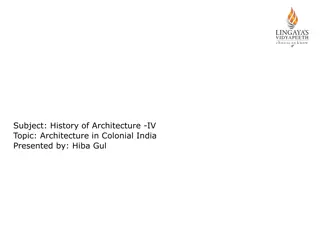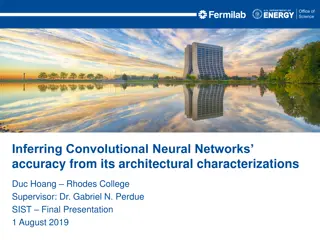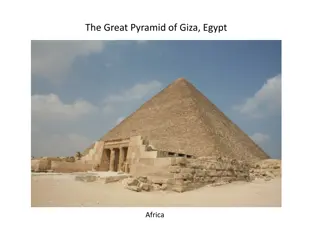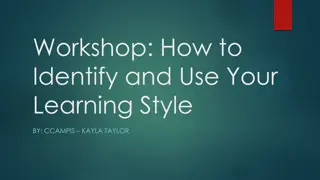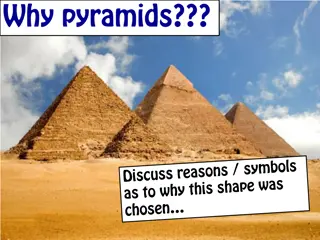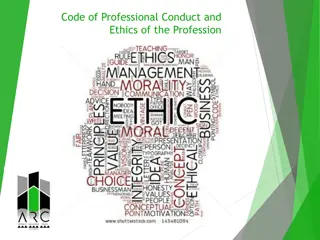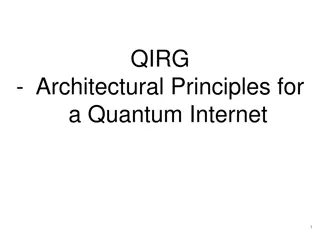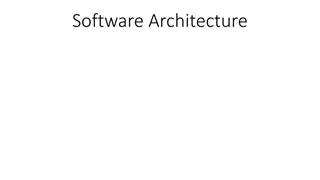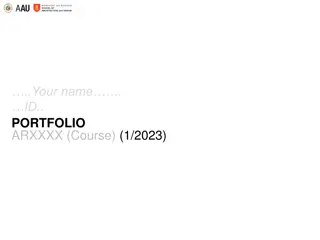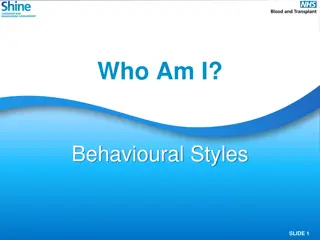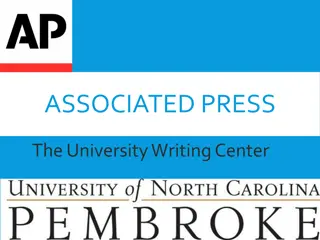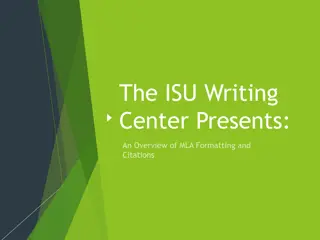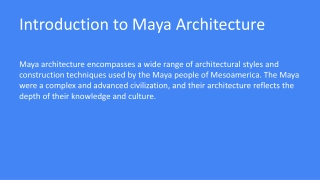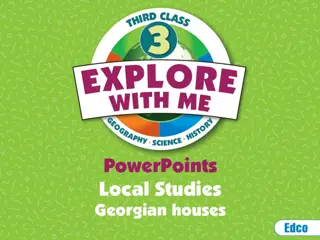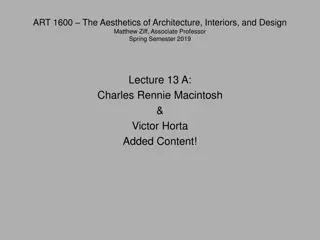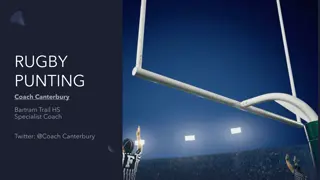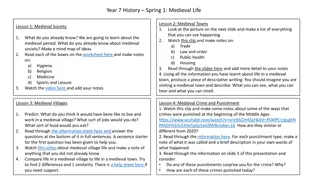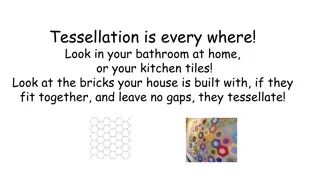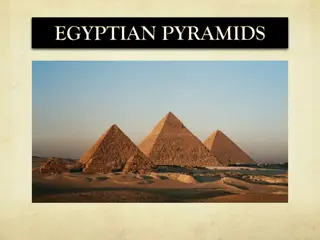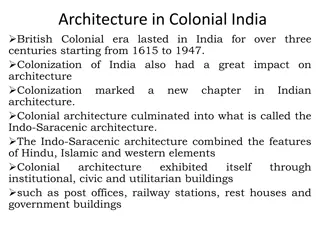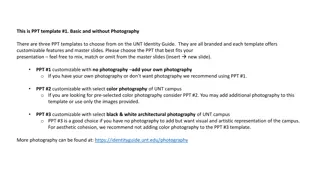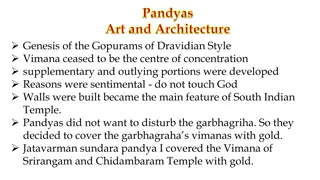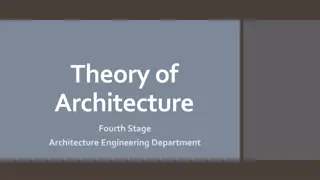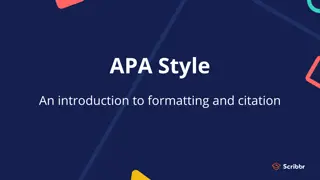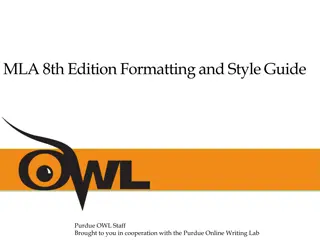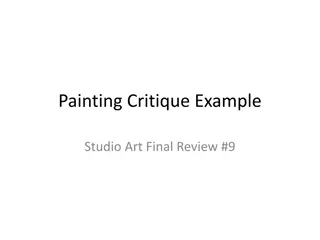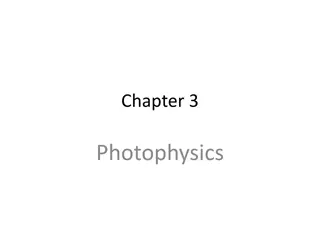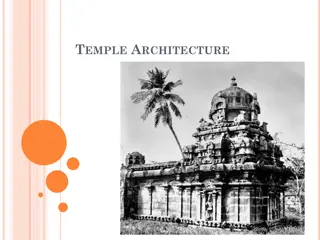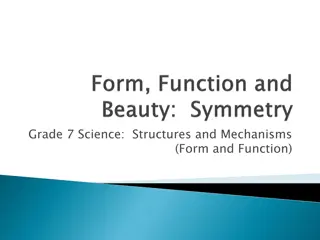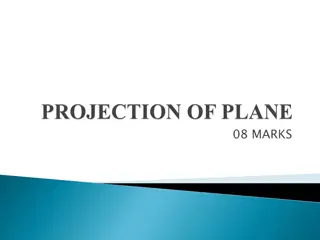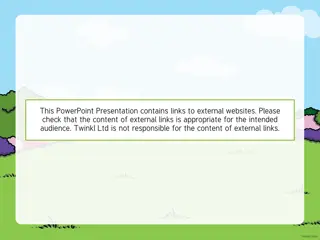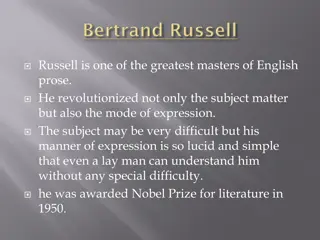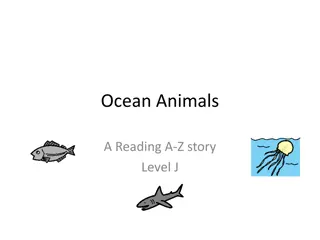Exploring the Fascinating Architectural Style of Googie
Discover the origins and characteristics of Googie architecture, a modern style rooted in post-WWII American futurism. Learn how this unique style draws inspiration from Space Age ideals and revolutionized everyday buildings in the mid-20th century.
Download Presentation

Please find below an Image/Link to download the presentation.
The content on the website is provided AS IS for your information and personal use only. It may not be sold, licensed, or shared on other websites without obtaining consent from the author. Download presentation by click this link. If you encounter any issues during the download, it is possible that the publisher has removed the file from their server.
E N D
Presentation Transcript
Secondary Education Grade 11 Second semester Eng. 202: New Language Leader Unit 7: Design ( Lesson 7.2 ) Design through the ages
At the end of this lesson, you will be able to: 1- locate information in a text. 2- classify vocabulary . 3- listen for specific information.
Read this text and then match paragraphs ( 1-3 ) with suitable headings ( a- c ). Before I moved to Los Angeles almost 2 years ago now I had never heard the word Googie. In fact, when a friend from Californian used the term I initially thought it must have something to do with Google. I did not know the word, but I definitely knew the style. Moreover, I suspect you might too. 1 a)The golden age. b) The history of Googie. Googie is a modern architectural style that helps us understand post-WWII American futurism, an era thought of as a golden age of futurist design. It is a style built on exaggeration; on dramatic angles; on plastic and steel and neon and wide-eyed technological optimism. It draws inspiration from Space Age ideals and rocket ship dreams. We find Googie at the 1964 New York World s Fair, the mid- century design of Disneyland s Tomorrow land, in Arthur Radebaugh s postwar illustrations, and in countless coffee shops. 2 c) It was the first time I heard about Googie.
Googie as a term was born in Southern California and named for a West Hollywood coffee shop designed in 1949 by John Lautner. Architecture critic Douglas Haskell was the first to use Googie to describe the architectural movement, after driving by the West Hollywood coffee shop and finally feeling like he had found a name for this style that was flourishing in the postwar era. One of the key things about Googie architecture was that it wasn t custom houses for wealthy people it was for coffee shops, gas stations, car washes, banks, the average buildings of everyday life that people of that period used and lived in. And it brought that spirit of the modern age to their daily lives. 3 a)The golden age. b) The history of Googie. c) It was the first time I heard about Googie.
Model Answers Before I moved to Los Angeles almost 2 years ago now I had never heard the word Googie. In fact, when a friend from Californian used the term I initially thought it must have something to do with Google. I did not know the word, but I definitely knew the style. Moreover, I suspect you might too. c) It was the first time I heard about Googie. Googie is a modern architectural style that helps us understand post-WWII American futurism, an era thought of as a golden age of futurist design. It is a style built on exaggeration; on dramatic angles; on plastic and steel and neon and wide-eyed technological optimism. It draws inspiration from Space Age ideals and rocket ship dreams. We find Googie at the 1964 New York World s Fair, the mid-century design of Disneyland s Tomorrow land, in Arthur Radebaugh s postwar illustrations, and in countless coffee shops. a) The golden age
Googie as a term was born in Southern California and named for a West Hollywood coffee shop designed in 1949 by John Lautner. Architecture critic Douglas Haskell was the first to use Googie to describe the architectural movement, after driving by the West Hollywood coffee shop and finally feeling like he had found a name for this style that was flourishing in the postwar era. One of the key things about Googie architecture was that it wasn t custom houses for wealthy people it was for coffee shops, gas stations, car washes, banks, the average buildings of everyday life that people of that period used and lived in. And it brought that spirit of the modern age to their daily lives. b) The history of Googie
Assessment Reacting to the text Do you think our designs nowadays are influenced by Googie s era? How?
Brainstorming vocabulary of design Task List as many vocabulary as you can related to design. ----------------------------------------------------------------------- ----------------------------------------------------------------------- ----------------------------------------------------------------------- ----------------------------------------------------------------------- ----------------------------------------------------------------------
Brainstorming vocabulary of design Model Answer List as many vocabulary as you can related to design. Circular square polished soft curved functional useful efficient stylish trendy modern contemporary vintage traditional classic plastic streamlined classy elegant sophisticated chic good looking artistic creative innovative original decorative intricate simple easy to use durable cost effective sleek conventional geometric angular latest colored ancient familiar fashioned wooden rough hard
From the previous list, write down the vocabulary that work with texture, shape and material and add your own vocabulary to these classifications Texture Shape Material
From the previous list, write down the vocabulary that work with texture, shape and material and add your own vocabulary to these classifications Model Answer Texture Shape Material Fragile Soft Tough Wet Flexible Moist Thick Thin Rough hard Round Cube Rectangular Oval Arrow Square Star circular Wooden Metal Cotton Wool Plastic Rubber Leather Steel Aluminum
Here are two designers talking about ideas for their new product. Read the questions then while listening to the conversation choose the correct answer. . 3- The material of the product designers prefer is : a) steel and canvas. b) plastic. c) aluminum and canvas. . 1- The designers are brainstorming ideas about: a)a sofa. b) a folding chair. c) a wheel chair. 4- They are going to launch: a)Two different types with different prices. b) only one type. c) three types with three colors. 2-The product could be useful: a) only old people. b) only for kids. c) for all people.
Here are two designers talking about ideas for their new product. Read the questions then while listening to the conversation choose the correct answer. . 3- The material of the product designers prefer is : a) steel and canvas. b) plastic. c) aluminum and canvas. Model Answer . 1- The designers are brainstorming ideas about: a)a sofa. b) a folding chair. c) a wheel chair. 4- They are going to launch: a)Two different types with different prices. b) only one type. c) three types with three colors. 2-The product could be useful: a) only old people. b) only for kids. c) for all people.
Assessment After listening to the conversation, suggest any other features for their new product, the folding chair. ----------------------------------------------------------------------------------------------------------------
Suggested Answer Assessment After listening to the conversation, suggest any other features for their new product, the folding chair. 1- A fully cushioned seat and back . 2- A side pocket can keep your phone, keys, books, magazine, and other stuff that you want to keep within easy reach.
This is the end of the lesson THANK YOU FOR YOUR ATTENTION
A: Yes, that s important. Also, it must be cheap if we want to be competitive. There are one or two chairs on the market that sell at under 10 BD. We can produce something similar it doesn t have to be very different for this market. But we can have a second more expensive model too, if that s what people want. B: Yeees. Good point. OK, another thing, the rules say it has to be strong enough to support a heavy person. A: Certainly. OK, in terms of timing we don t need to rush, but we could launch it just before the summer there ll be a big demand for it then. In fact, we really mustn t miss this opportunity. B: You re right, but we shouldn t launch it until we re really ready. Look, I think we should wait for the results of our market research before making any decisions. Let s brainstorm some ideas for our new product, the folding chair. So first, who exactly is our target consumer? B: Well, we need to reach as many people as we can. The chair could be useful for all kinds of people, you know, people going camping or fishing, or even going to outdoor concerts. In fact, it could be suitable for anyone who has to sit outside for a long time. A: OK, what about the materials we are going to use? B: Well, it must be light and easy to carry if we want to reach our goal. We can t use steel since it is too heavy. We can use aluminum for the frame and canvas for the seat. And to keep costs down, maybe we should make it in just two dark colors.


